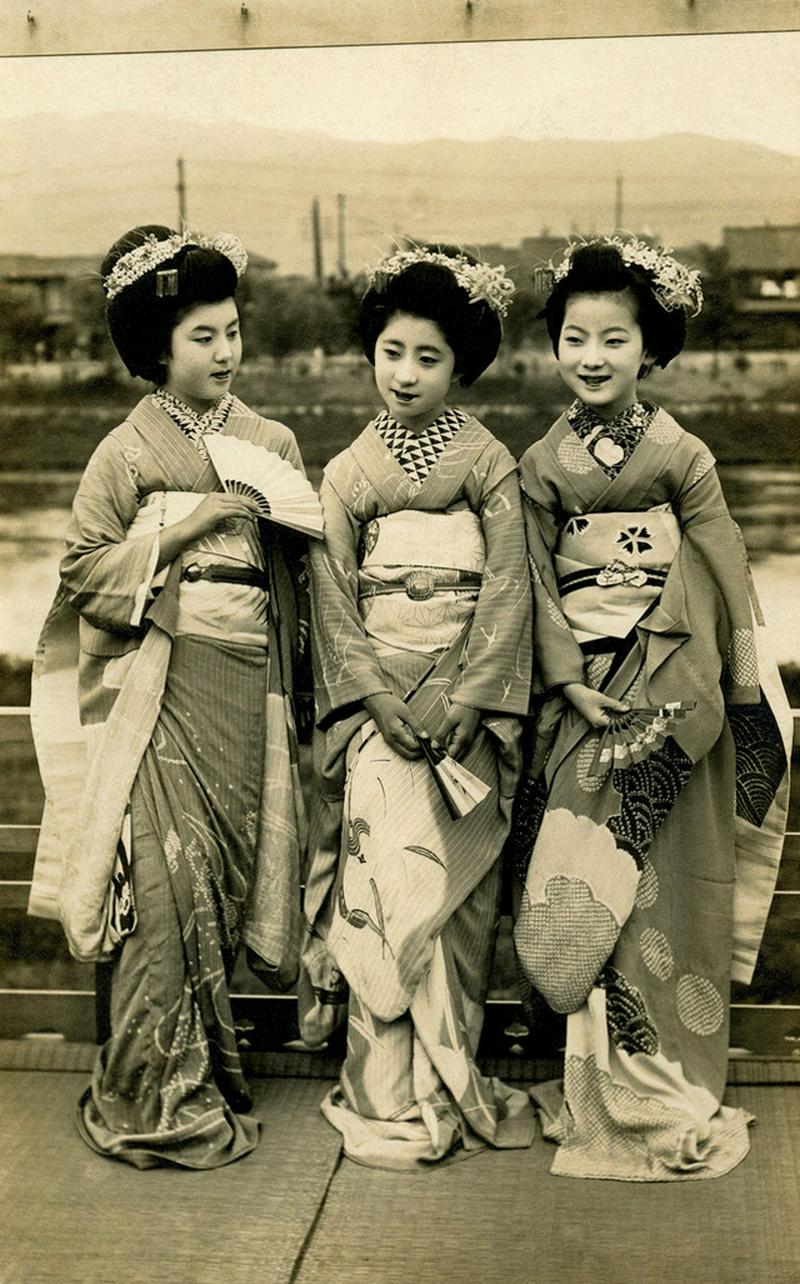Beauty Across The World From Over 100 Years Ago
By | February 19, 2017

Human beings come in all shapes, sizes and colors, which makes life worth living and people worth getting to know. Every country’s people have certain specific characteristics. Culture and climate also play a huge role in the manner in which people dress, look and how they will develop through time.
If we were to journey to Spain over 100 years ago, we would find a country and people with a great disparity between city and rural life. The men in Spain would usually wear their hair slicked back and kept neat and off their face. Most men opted for well made suits with bow ties and would keep their physical form at a healthy weight. Spanish women of the past would usually keep their hair pulled back in a low bun or would opt to wear a fashionable hat. The women were usually decked out in fancy dresses with many layers which went all the way down to their ankles. Fast forward to present day times and the fashion sense and look of the Spanish people have greatly changed, although they have managed to retain a healthy physical appearance in terms of their weight throughout the 100 year. The mode of dress has significantly changed. Most noticeably, the use of fanciful hats has become less popular and more tailored suits are now worn by men.
If we were to cross over to Japan where their culture had ample time to blossom due to long periods of isolation from outside forces, we would see a remarkable difference in their physical beings as well as their mode of dress 100 years ago. Traditional Japanese attire like the kimono was commonly worn by both men and women. Japanese women would typically wear their hair in a bun with an adornment or typically worn in a short cut with bangs. Japanese men would wear their hair neat and cut low. The Japanese people tend to have light skin and pronounced cheekbones, this is the same of the present day Japanese. Now in Japan, due to the influence of outside forces, the mode of dress has significantly changed. Women still wear their hair with bangs but now the full length is allowed to cascade down their faces and men try out different hairstyles besides just a clean low cut. Cultural influences still carry weight in Japan as many youth enjoy dressing in Harujuku street fashion.
With a large population like that of India’s there are many variations on the common norm of what people looked like 100 years ago in India. Indians come in various skin complexions of light, dark and brown. Indian women usually have long black hair. Most of them would wear great dresses made of fine fabrics, dyed in beautiful colors accompanied by head jewelry, necklaces, earrings, nose rings and bracelets.Vintage men of India would wear long cotton button down shirts with high collars and sometimes had on turbans. With today’s changing atmosphere, Indians opt for light and loose fitted clothing in part due to the hot temperatures in India. Use of jewelry as accessories is still commonplace among Indian women and their traditional long flowing black hair is still prevalent.
Culture is a driving force behind fashion and Algeria is no exception. The melting pot of races lent a mix of varying looks to the people of Algeria 100 years ago. The use of highly embellished gold headpieces and chest pieces were frequently worn by women. Their bodies were usually fully covered by bejeweled jackets, long skirts and neck high blouses. The men of Algeria traditionally wore harem pants, white shirts and embellished jackets. The mode of dress has not changed significantly in Algeria, however, people opt for simpler fashion now, choosing comfort over tradition. Yet, the highly embellished clothing is still popular and looks absolutely beautiful.


